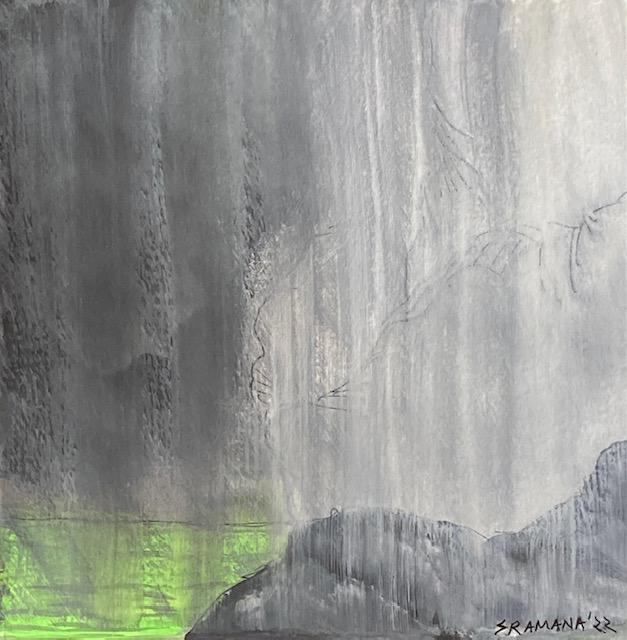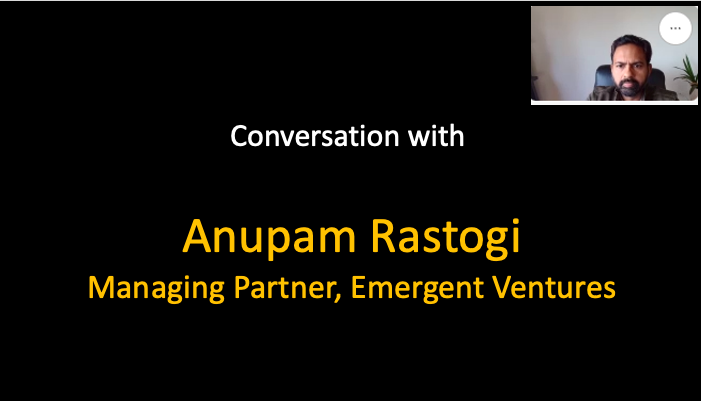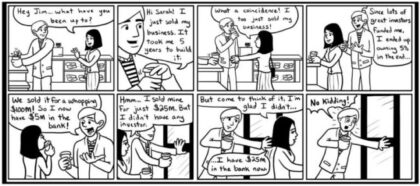March 6 – 675th 1Mby1M Mentoring Roundtable for Entrepreneurs

Entrepreneurs are invited to the 675th FREE online 1Mby1M Mentoring Roundtable on Thursday, March 6, 2025, at 8 a.m. PST / 11 a.m. EST / 5 p.m. CET / 9:30 p.m. India IST.
If you are a serious entrepreneur, register to “pitch” and sell your business idea. You’ll receive straightforward feedback, advice on next steps, and answers to any of your questions. Others can register to “attend” to watch, learn, and interact through the online chat.
You can learn more here and REGISTER TO PITCH OR ATTEND HERE. Register and you will receive the recording by email, even if you are unable to attend. Please share with any entrepreneurs in your circle who may be
Featured Videos
674th 1Mby1M Entrepreneurship Podcast with Anupam Rastogi, Emergent Ventures
Anupam Rastogi, Managing Partner at Emergent Ventures, discusses his firm’s AI investment thesis.
Podcast: Play in new window | Download
Subscribe: Apple Podcasts | Android | Google Play | Stitcher | TuneIn | RSS
Colors: Brishti IV

I’m publishing this series on LinkedIn called Colors to explore a topic that I care deeply about: the Renaissance Mind. I am just as passionate about entrepreneurship, technology, and business, as I am about art and culture. In this series, I will typically publish a piece of art – one of my paintings – and I request you to spend a minute or two deeply meditating on it. I urge you to watch your feelings, thoughts, reactions to the piece, and write what comes to you, what thoughts it triggers, in the dialog area. Let us see what stimulation this interaction yields. For today – Brishti IV
Brishti IV | Sramana Mitra, 2022 | Watercolor, Ink | 8 x 8, On Paper
Video FAQs
Can 1M/1M Help Me Raise Money?
How Does 1M/1M Democratize Entrepreneurship Education?
How Does 1M/1M Democratize Management Consulting?
When Is The Right Time To Join 1M/1M?
Can 1M/1M Help Me With Business Development?
Can 1M/1M Help Me With Market Sizing?
Can 1M/1M Help Me Validate My Product?
Will I Have Private 1-on-1 Sessions In 1M/1M?
How Does 1M/1M Help Entrepreneurs Connect With Silicon Valley?
Mentoring or Consulting?
Why Does 1M/1M Charge $1000 a Year?
Why Does 1M/1M Partner With Local Organizations?
Why Don\’t Mentoring Networks Work?
Why Is It Important To Study With 1M/1M Now?
Dan Stewart Story
Vikrant Mathur Story
674th 1Mby1M Roundtable Recording
In case you missed it, you can listen to the recording here:
Roundtable Recap: February 27 – AI Investment Thesis with Anupam Rastogi, Emergent Ventures

During this week’s roundtable, we had Anupam Rastogi, Managing Partner at Emergent Ventures, discussing his firm’s AI investment thesis.
AI Freight Trading
As for our entrepreneur pitches, up first we had Kaushik Reddy from the Netherlands pitch an AI Freight Trading and Risk Management business.
Amy.pro
Next we had Kiran Teegala from Mount Laurel, New Jersey pitch Amy.pro, a venture for managing outsourced software development.
Score
Then we had Varun Arora from Chennai, India pitch Score, a D2C customer interaction analysis venture already in revenue.
You can listen to the recording of this roundtable here:
Cloud Stocks: Atlassian’s Enterprise Focus is Paying Off

Enterprise collaboration solutions provider Atlassian (Nasdaq: TEAM) announced its second quarter results recently that surged past market expectations. The company’s stellar performance drove the stock 19.5% higher in the after-hours trading session, sending it to a 3-year high.
>>>674th 1Mby1M Roundtable for Entrepreneurs Starting NOW: Live Tweeting by @1Mby1M
Today’s 674th FREE online 1Mby1M Roundtable for Entrepreneurs is starting NOW, on Thursday, February 27, at 8 a.m. PST / 11 a.m. EST / 5 p.m. CET / 9:30 p.m. India IST. CLICK HERE to join. PASSWORD: startup All are welcome!
Best of Bootstrapping: Bootstrapped a Healthcare Tech Company to $100M

When we spoke in 2015, Edifecs Founder Sunny Singh had built a very interesting healthcare technology company, overcoming serious challenges. Inspiring story of a bootstrapped success.
Sramana Mitra: Let’s start at the very beginning of your journey. Where are you from? Where were you born, raised, and in what kind of background?
Sunny Singh: Give or take, I’ve spent half my life in the US and half my life in India. I grew up in India and finished my undergraduate studies there. Then, I came to the US at the age of 23 to do a couple of Master’s programs. I did three jobs and then started Edifecs in 1996.
